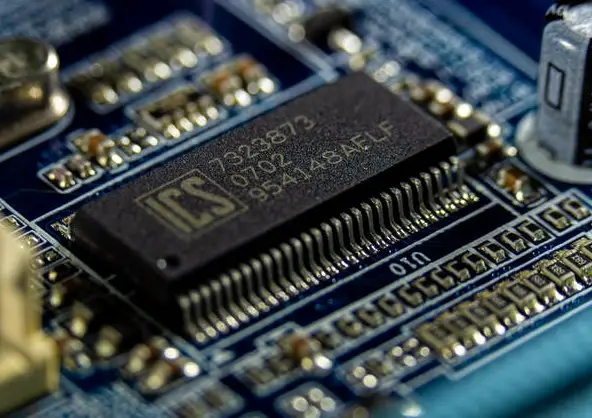The US ad Japan have completed a deal to join forces to develop a leading-edge 2nm semiconductor process technology that will serve as a counterbalance to the world’s present reliance on Taiwan Semiconductor Manufacturing Company’s (TSMC) factories in Taiwan.
US Secretary of State Antony Blinken and Secretary of Commerce Gina Raimondo met with Japan’s Minister for Foreign Affairs Yoshimasa Hayashi and Minister of Economy, Trade and Industry Koichi Hagiuda on July 29th in Washington DC as part of the first meeting of the US-Japan Economic Policy Consultative Committee.
After the meeting, it was announced that both sides would, “seek to advance efforts under the Japan-US Commercial and Industrial Partnership and other frameworks to foster supply chain resilience in strategic sectors, including, in particular, semiconductors,” and that they also, “Welcome the progress of the Joint Task Force announced by President Biden and Prime Minister Kishida to explore the development of next generation semiconductors…”
According to Japanese reports, by the end of the year in Japan a new R&D operation will be formed which will contain significant US participation. It will aim to develop the new 2nm technology with a goal of entering production by 2025.
TSMC is also looking to begin production on their own 2nm technology by 2025, however the company has already begun constructing the factory, meaning the US and Japan are starting out from behind. IBM had already announced it had developed a 2nm design in May of 2021, however it is not yet ready for mass production.
It is estimated TSMC is three or more generations ahead of the US and Japan. Thus far, only Samsung is able to compete with TSMC at the 3nm and 5nm level of chip technology. Apple, Qualcomm, Nvidia, Broadcom, AMD and Intel all acquire the chips for their most advanced technologies from TSMC.
On the other hand, TSMC’s technology requires American, Japanese, and European equipment and materials to produce its products.
Still to be determined is what American and Japanese companies will take part in the new partnership, and what roles they will play.

